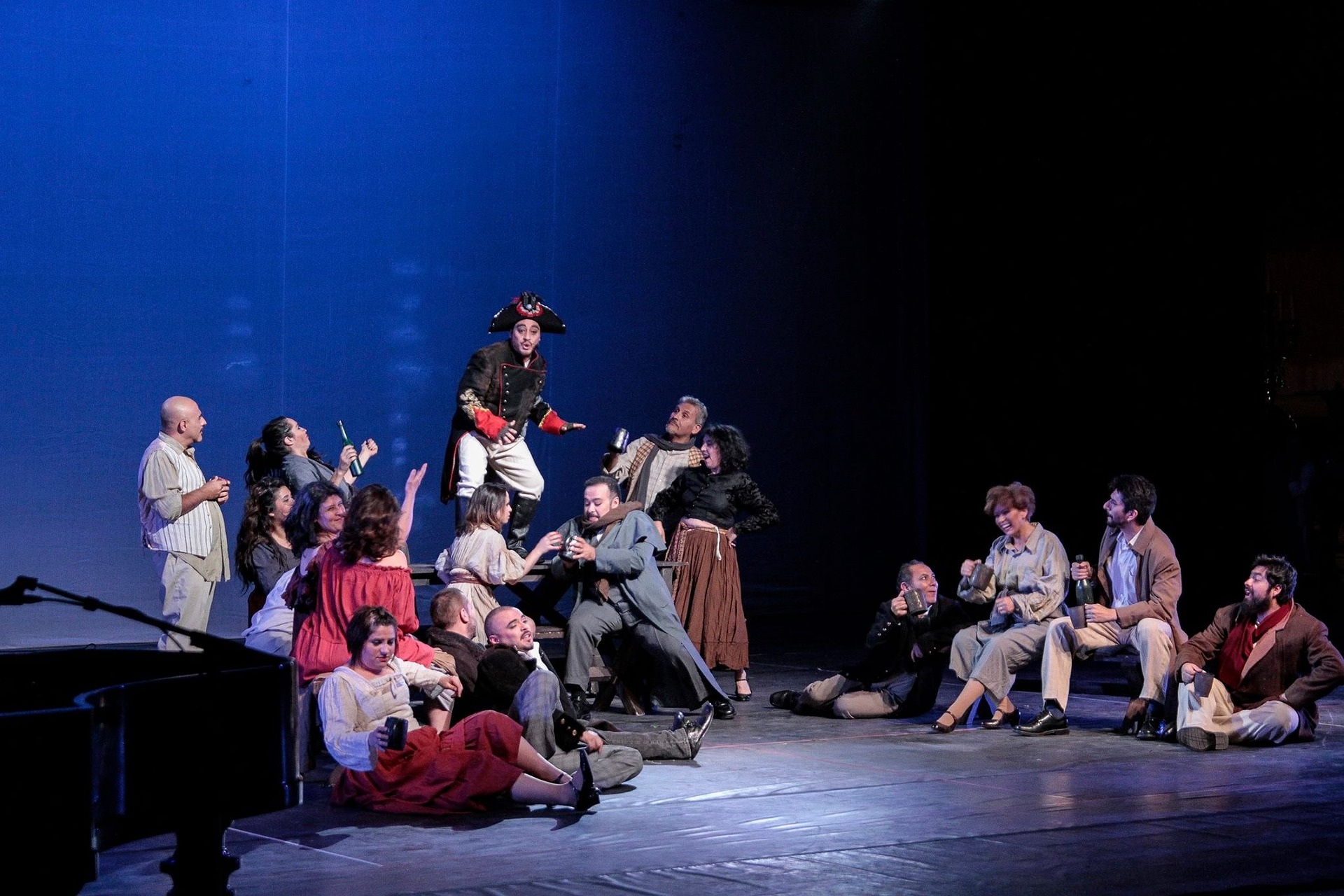Unmasking the Intricacies of Immersive Theatre: A New Dimension to Storytelling
Theatre, in its most traditional sense, has always sought to entice an audience into its world. However, a new captivating trend is on the rise, turning spectators into active participants—immersive theatre. Read below for an all-encompassing exploration of this enthralling art form.

Redefining Audience Engagement
Immersive theatre is a groundbreaking approach to performance, offering viewers an opportunity to be more than passive observers. In this novel form of theatre, the traditional ‘fourth wall’ is dismantled, allowing the audience to roam freely, interact with actors, and even influence the progression of the story. The immersive theatre experience is akin to stepping into a living, breathing work of art, where the boundary between reality and fiction is blurred.
The Roots of Immersive Theatre
Immersive theatre is not an entirely new concept. Its roots can be traced back to the avant-garde movements of the 20th century, such as Dadaism and Surrealism, which sought to disrupt traditional norms of art and bring it into everyday life. Today, companies like Punchdrunk and Third Rail Projects are pioneering the immersive theatre movement, with productions such as “Sleep No More” and “Then She Fell” earning critical acclaim.
Immersive Theatre and Technology
Technology plays a crucial role in the execution of immersive theatre, often serving as an essential tool for creating immersive environments. From intricate sound design to sophisticated lighting techniques, and even virtual reality, these technological elements work in sync to produce a multi-sensory experience that is deeply engaging and palpably real.
The Challenges and Opportunities
While immersive theatre offers an exciting, boundary-pushing form of entertainment, it also presents unique challenges. For instance, ensuring audience safety in an unpredictable environment can be tricky. However, these challenges also open up opportunities for innovation, such as developing new ways of storytelling or creating immersive experiences that can be adapted for different audiences.
The Future of Immersive Theatre
With its ability to offer a wholly unique, participatory experience, immersive theatre is poised for growth. As technology continues to evolve and artists push the boundaries of what’s possible, immersive theatre could become a mainstream form of entertainment, transforming our perception of what theatre can be.
Useful Tips and Facts:
- Immersive theatre shows often have no set seating. Instead, audiences are encouraged to explore and interact with the environment.
- Some immersive theatre productions involve one-on-one performances, creating a deeply personal experience for the audience.
- “Sleep No More,” an immersive theatre adaptation of Macbeth, has been running in New York since 2011 and is one of the most successful immersive theatre productions to date.
Conclusion: Immersive theatre is a thrilling departure from traditional theatrical norms, offering audiences an entirely new way to experience storytelling. As this captivating art form continues to evolve and gain mainstream recognition, it’s clear that immersive theatre is not just a fleeting trend, but a transformative movement in the world of performing arts.




